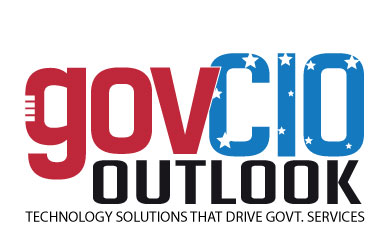Welcome back to this new edition of Gov CIO Outlook !!!✖
December - 20196GOVERNMENT CIO OUTLOOKEDITORIALThe Age of Virtual EyesOver the span of a few decades, the intelligent video technology sector has witnessed a gradual transformation. From traditional analog and closed-circuit cameras (CCTV) to today's digital and IP video technology harnessing Artificial Intelligence (AI), the video surveillance industry has come a long way. Given the advancement in cameras and sensors alongside the increasing integration of recent technologies such as the Internet of Things (IoT) with video management systems, video technology is significantly transforming businesses and markets alike. According to a new report by Mordor Intelligence, the video surveillance market is expected to reach a value of $72.19 billion by 2022. The ever-increasing adoption of emerging technologies such as edge analytics, predictive and reactive analytics, machine learning algorithms, and wireless features like RFID has significantly increased the on-going demand for video analytics in different industries. By leveraging predictive analytics and AI in video surveillance systems, the deep neural networks can be directly exploited to endow the systems with exceptional intelligence and more effective surveillance processes. Moreover, Big Data infrastructures result in new methods for storing and accessing video data that are characterized by volume, velocity, variety, and veracity. Big Data systems bolster the means for creating and implementing video surveillance architectures that scale seamlessly and cost-effectively.The blending of IoT devices and smart objects with video surveillance systems is also critical for providing the next generation of security and surveillance functionalities. Unmanned Aerial Vehicles (UAVs) or drones are the first steps in this direction as they are readily being deployed to provide video surveillance versatility and functionalities that are hardly possible through conventional fixed cameras.From retail, city surveillance, and law enforcement to fleet transportation, the advances in the video surveillance industry are prompting organizations to rethink their view on video systems. With the increasing practical and specific business use cases of video surveillance, businesses are all set for widespread adoption of video beyond security across various industries. This edition is intended to assist product designers, and multi-unit business owners catch the beat of the industry. Let us know your thoughts.Decemeber 11, 2019, volume 05 - Issue 17 (ISSN 2644-2604) Published by ValleyMedia, Inc. Managing EditorCatalina JosephEditorial StaffVisualizerGeorge MathewSalesNick Masonnick.mason@govciooutlook.comContact usEmailPhone:510 230 0396, Fax:510-894-8405sales@govciooutlook.comeditor@govciooutlook.commarketing@govciooutlook.comJune WilliamsJade RayVishnu KelothAaron Pierce Alex D'Souza Joshua Parker To subscribe to Government CIO OutlookVisit www.govciooutlook.com Catalina Joseph Managing Editoreditor@govciooutlook.comCopyright © 2019 Valley Media, Inc. All rights reserved. Reproduction in whole or part of any text, photography or illustrations without written permission from the publisher is prohibited. The publisher assumes no responsibility for unsolicited manuscripts, photographs or illustrations. Views and opinions expressed in this publication are not necessarily those of the magazine and accordingly, no liability is assumed by the publisher thereof.*Some of the Insights are based on the interviews with respective CIOs and CXOs to our editorial staffCatalina Joseph
< Page 5 | Page 7 >
< Page 5 | Page 7 >
